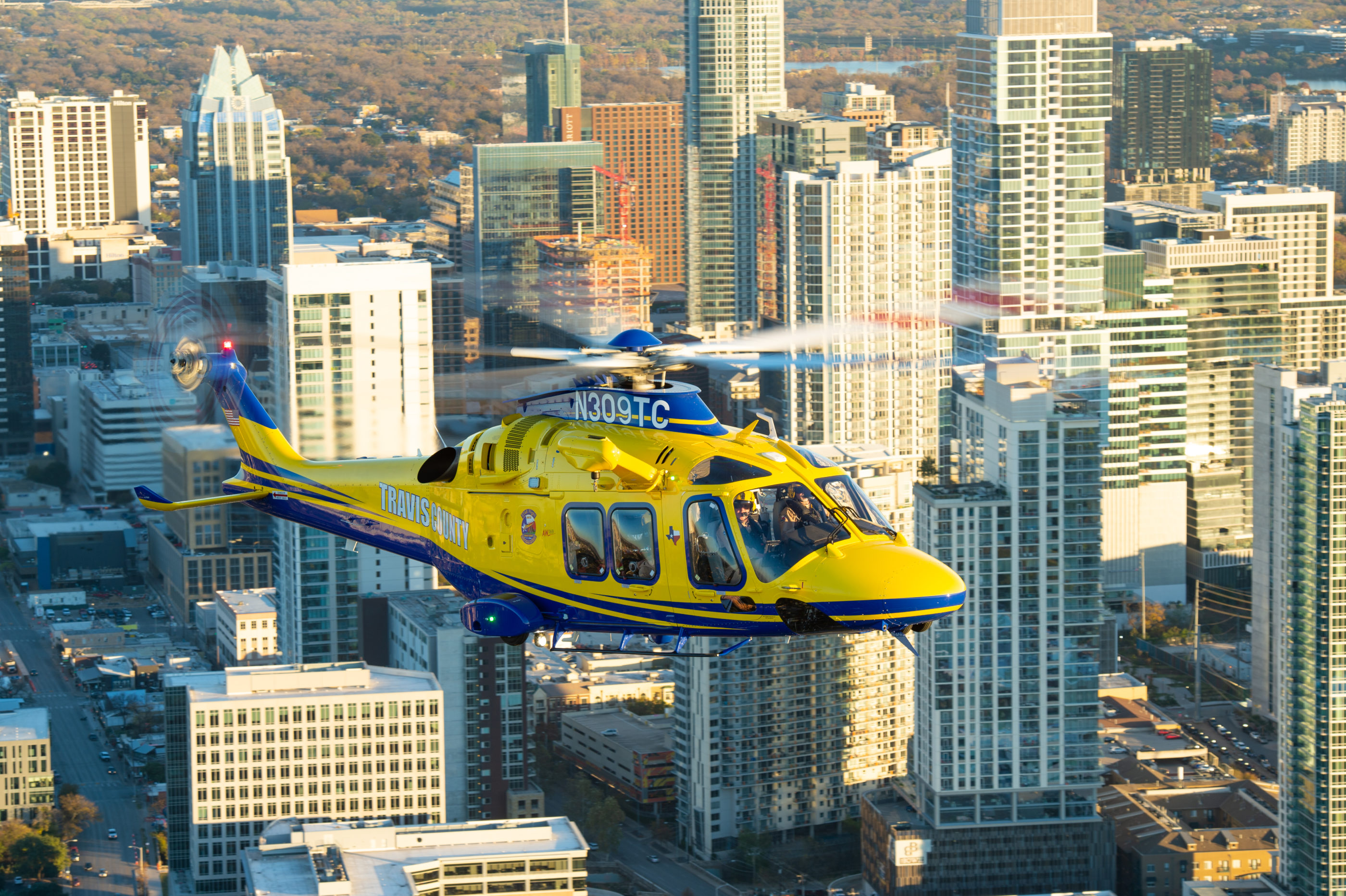In the pre-dawn hours of Oct. 13, 2013, Austin-Travis County (Texas) Emergency Medical Services (EMS) paramedic captain Jim Martin was driving to work in his Jeep Wrangler. The overnight rain had stopped and Martin had no reason to think his 40-mile (64-kilometer) commute would be anything but ordinary.
Several miles down the dark country road, rain began to fall and rapidly increased in intensity. Martin recalled, “It began raining so hard I had to stop and put the Jeep into four-wheel drive and turn the flashers on so nobody would run up on the back of me.”
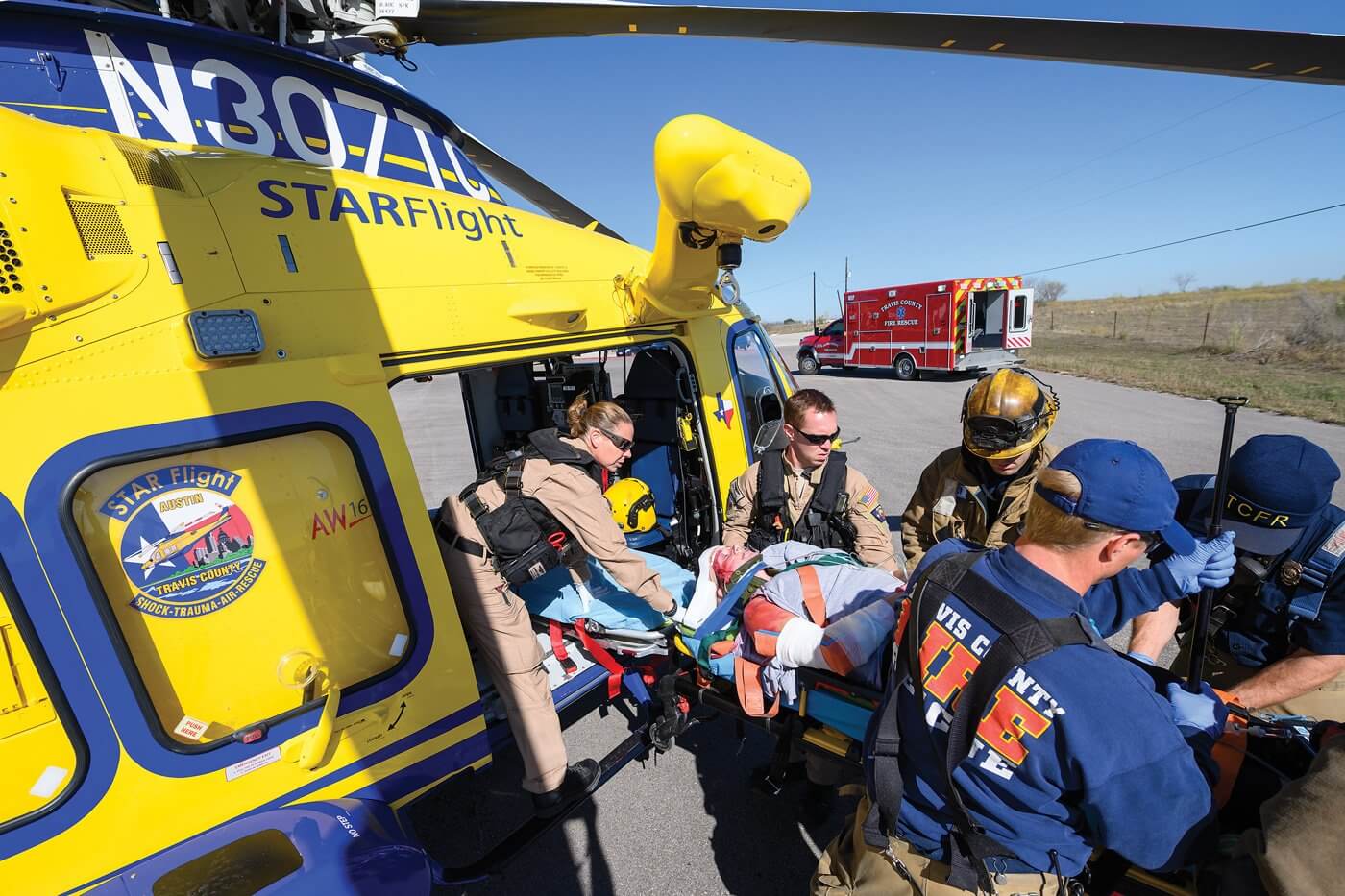
Seemingly out of nowhere, Martin’s Jeep was broadsided by what he described as “a wall of water.” His Jeep was swept off the narrow roadway and into a churning river of mud and debris. Its nose pitched down into the cascading flow, bobbing and whirling as it was carried downstream.
With water filling the cab up to his chest, Martin had the presence of mind to grab his cell phone and call 911. He relayed his situation but could only provide a general location. He suggested a helicopter rescue might be his only hope.
“I was pretty scared,” said Martin. “I figured it was game over for me — pretty much thought I was a dead man. I even told dispatch to tell my son I loved him.”
Martin’s communication with 911 lasted over 20 minutes before the connection was lost. The last he was told: a helicopter would not be responding. The storm was just too bad.
Travis County and the surrounding Texas Hill Country is the most flash-flood-prone region in the country. It owns the distinction of the most flash and river flooding related deaths annually and is often referred to as “Flash Flood Alley.”

In this instance, thunderstorms that rolled in the previous evening dumped over 12 inches (30 centimeters) of rain across the region. Martin was now fighting for his life, trapped in flood waters resulting from rain that fell many miles away.
Meanwhile, 20 miles (32 km) away in Austin, the Travis County STAR (Shock Trauma Air Rescue) Flight crew received the dispatch. It was their second flood-related mission of the morning, and their Airbus EC145 was already configured for rescue. The crew strapped in and prepared to launch.
“After we started up, we had to wait for a strong cell to pass before we could launch,” said veteran STAR Flight registered nurse (RN) Brian Hill. “Jim, my pilot, actually followed the major roadways to get to the location. Even though we have radar capabilities in the aircraft, he was in contact with ATC [air traffic control] which was keeping us updated on weather conditions. There was a lot of lightning and so much electrical activity in the air [lightning and rotor-generated] I kept getting static discharge off any exposed metal inside the aircraft.”
After flowing downstream for over a mile, the rear of the Jeep impacted the trunk of a large tree, finally coming to a stop. It was still pitch-dark. Martin was facing upstream; the nose of the Jeep was completely submerged and water continued to fill the cab. But for the moment, anyway, Martin felt a sense of hope.
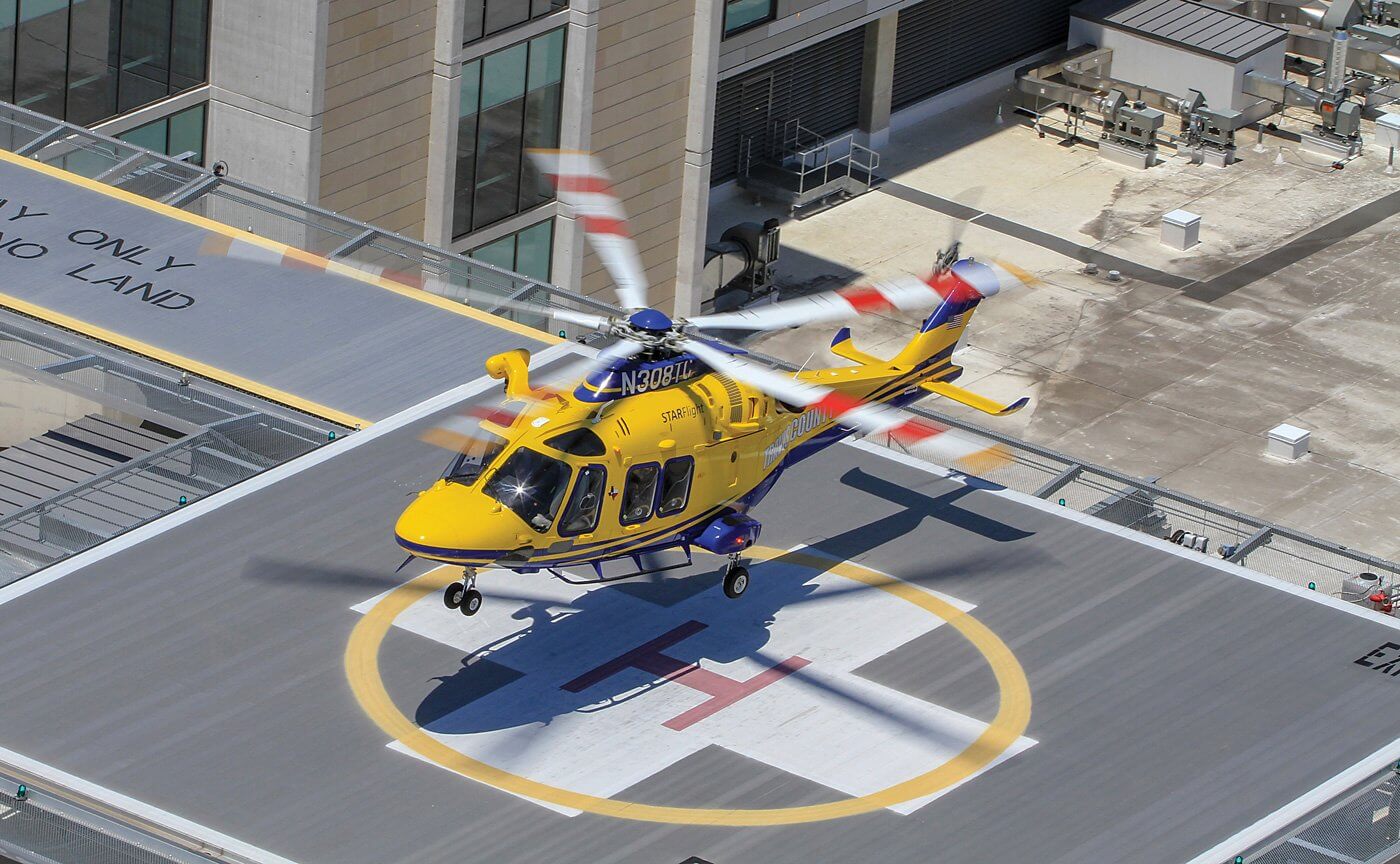
Then, a second flash flood torrent cascaded down the creek. It brought with it another massive debris flow including large tree branches that slammed into the Jeep and threatened to dislodge it. Sensing urgency, Martin escaped through a roof hatch, climbed to the rear bumper and up into the tree.
Despite the weather, the STAR Flight crew persisted. They took advantage of a window between storm cells to launch. Even then, while en route they were forced to land in a parking lot for nearly 15 minutes to wait out a heavy downpour.
“Once we located the scene we started searching downstream,” said Hill. “It seemed we searched several miles downstream; we were thinking there is no way his Jeep could have floated this far, before Jim [the pilot], located him in the top of a tree. His Jeep was stuck against the tree and fast-moving water [was] flowing up over the roof.”
Martin had endured his harrowing situation for over an hour before being located. “It’s hard to put into words the severity of that storm,” he said. “But the minute I saw that helicopter and that spotlight locked on me, I knew I was going home. Because I know the kind of men and women who crew those helicopters.”
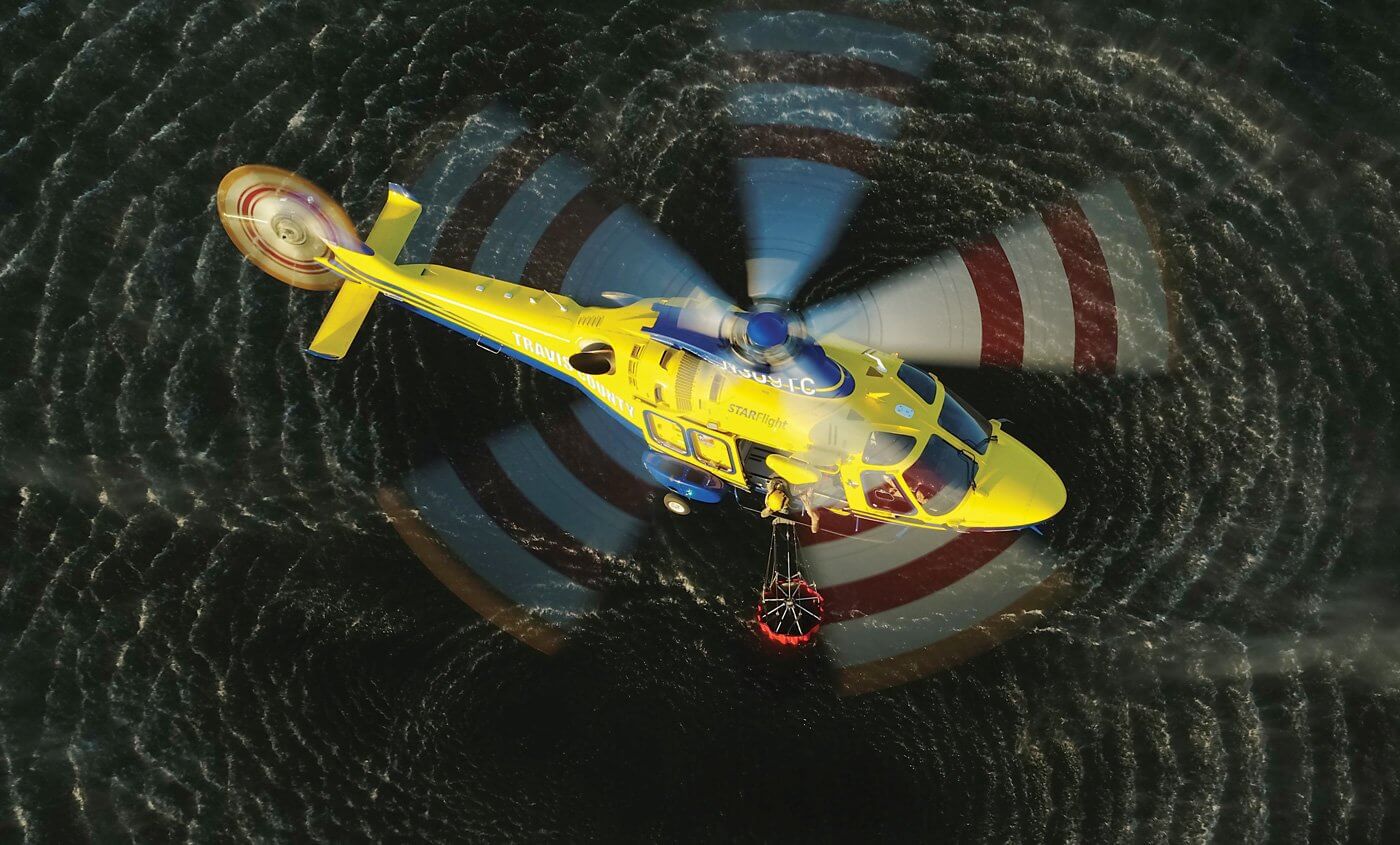
The EC145 established a hover and Hill was deployed via hoist to recover Martin. “It took several tries to get me to Jim [Martin] as the winds were gusting,” recalled Hill. “I remember him reaching out to me, and me yelling [to] him not to do that. My fear was he would lose his grip and fall. Once I did make it to him I got the strop [rescue device] on him fairly quickly.”
A unique service
This year marks STAR Flight’s 35th year. What began as a partnership between Travis County, the City of Austin EMS, and the University Medical Center Brackenridge (which was recently rebuilt as the Dell Seton Medical Center at the University of Texas) is today solely administered by Travis County as a regional public safety asset — not only for citizens of Travis County, but 19 neighboring counties throughout south-central Texas.
What sets STAR Flight apart is its multi-mission capabilities. In addition to its traditional air medical and search-and-rescue (SAR)/hoist capabilities, the program also performs firefighting and law enforcement support.
STAR Flight’s dispatch protocols differ from most air medical operators. The program has a partnership with the City of Austin EMS for dispatch and aircraft tracking services and it is directly integrated into the greater Austin-Travis County EMS system. In high-priority instances where 911 operators determine whether ground EMS assets are more than 20 minutes away, STAR Flight may be dispatched as a first response advanced life support (ALS) ambulance.
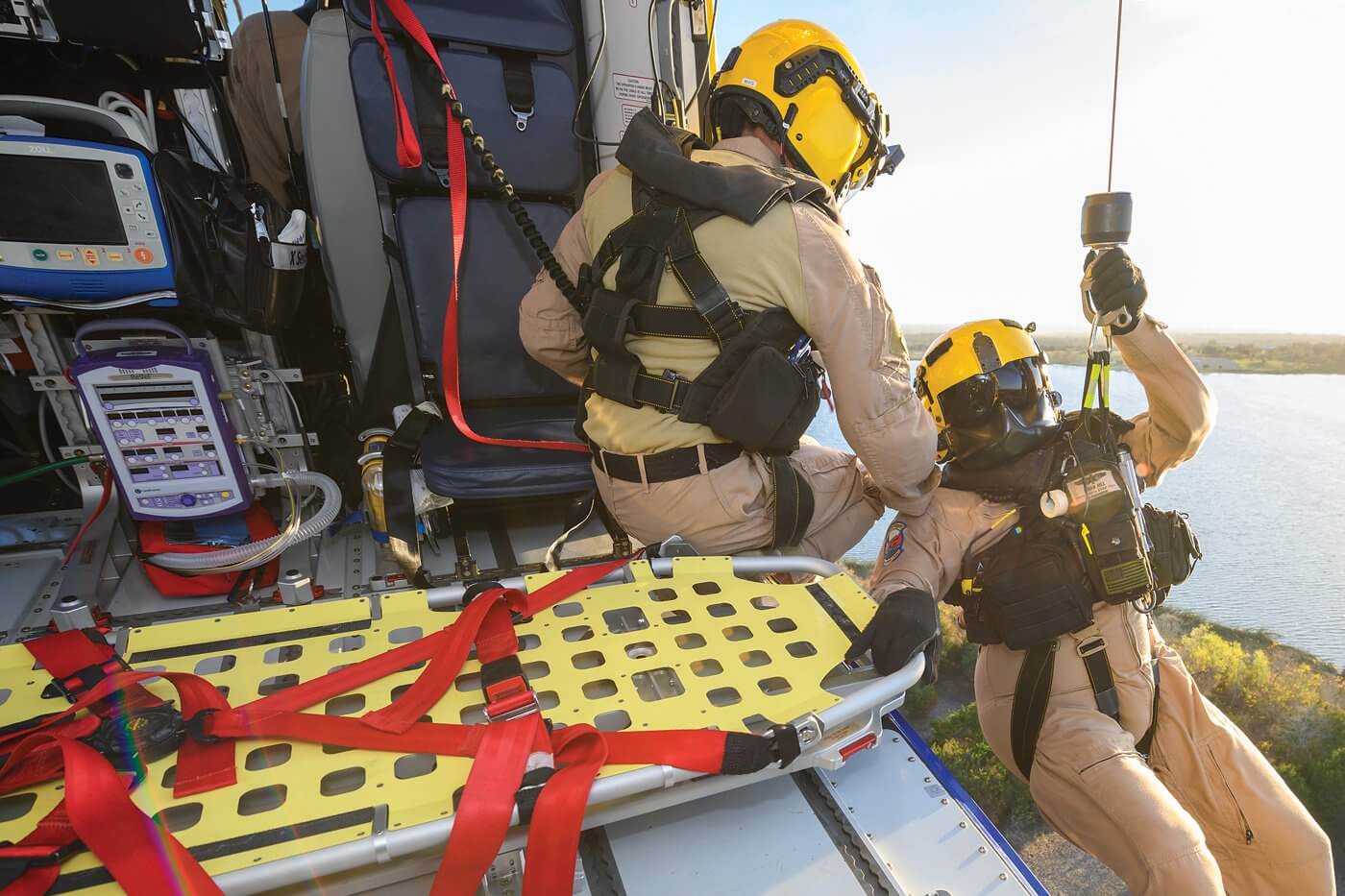
Travis County’s goal is to have ALS to a patient within 20 minutes of a 911 call. With STAR Flight’s lift-off time averaging four to eight minutes, the helicopters are critical in meeting that goal, especially in the outlying rural areas.
STAR Flight program director Chuck Spangler said, “Since Travis County and the surrounding regional counties are mostly remote, the benefit our capabilities provide is simply to reduce out-of-hospital time for those critical patients needing to get to the proper medical care facility quickly.
“There are no other programs in our region that have the capability to do this,” he added. “There are other programs in the region that can do scene calls and simple one-patient transfers, but not specialty teams. Additionally, our capability to conduct search-and-rescue, fire suppression, and law assist is the only program in the region capable of supporting this.”
Since its inception, STAR Flight has operated a number of different aircraft. The program began service in 1985 with a contract-leased Bell 206B JetRanger, and eventually replaced that aircraft with a larger, more powerful Bell 206L3 LongRanger.
In 1990 STAR Flight added a Bell 412 to its fleet, which brought about multi-patient/mission capabilities. This became the primary aircraft, with the 206L3 serving as a backup. In 1998, the program standardized its fleet, transitioning to two EC135s which it operated until 2006 when two EC145s were acquired.

The purchase of a third EC145 in 2010 allowed STAR Flight to increase aircraft availability. It also led to growth for the program, bringing on additional pilots, medical crew, and mechanics. In 2013, a Bell UH-1H+ Huey was purchased to support wildland firefighting.
In the spring of 2015, tragedy struck. During a night hoist mission of an injured hiker, flight nurse Kristin McClain lost her life after falling during the hoist extraction of the victim. After an extensive investigation by the National Transportation Safety Board and STAR Flight leadership, it was concluded that the fall was not an equipment failure. Instead, they determined that McClain was not properly attached to the hoist.
Spangler said, “We brought in an outside safety expert to interview all of our employees and evaluate our safety program as well as the specifics of our hoist rescue processes. We conducted a complete ‘scrub’ of all our hoist processes with our most senior and experienced personnel to find out what we had overlooked or taken for granted. From all of this we added steps to improve our risk mitigation measures specific to hoisting.”
By 2017, in the wake of losing McClain and with operational requirements increasing, the capabilities of the fleet were coming under scrutiny. STAR Flight began exploring options for a more capable aircraft better suited to the needs of the maturing program.
Craig Hilzendager, STAR Flight director of operations, said, “The EC145 and the Huey were great reliable workhorses that served us well for many years. However, as our mission footprint changed so did the performance needs, causing us to try and adapt.
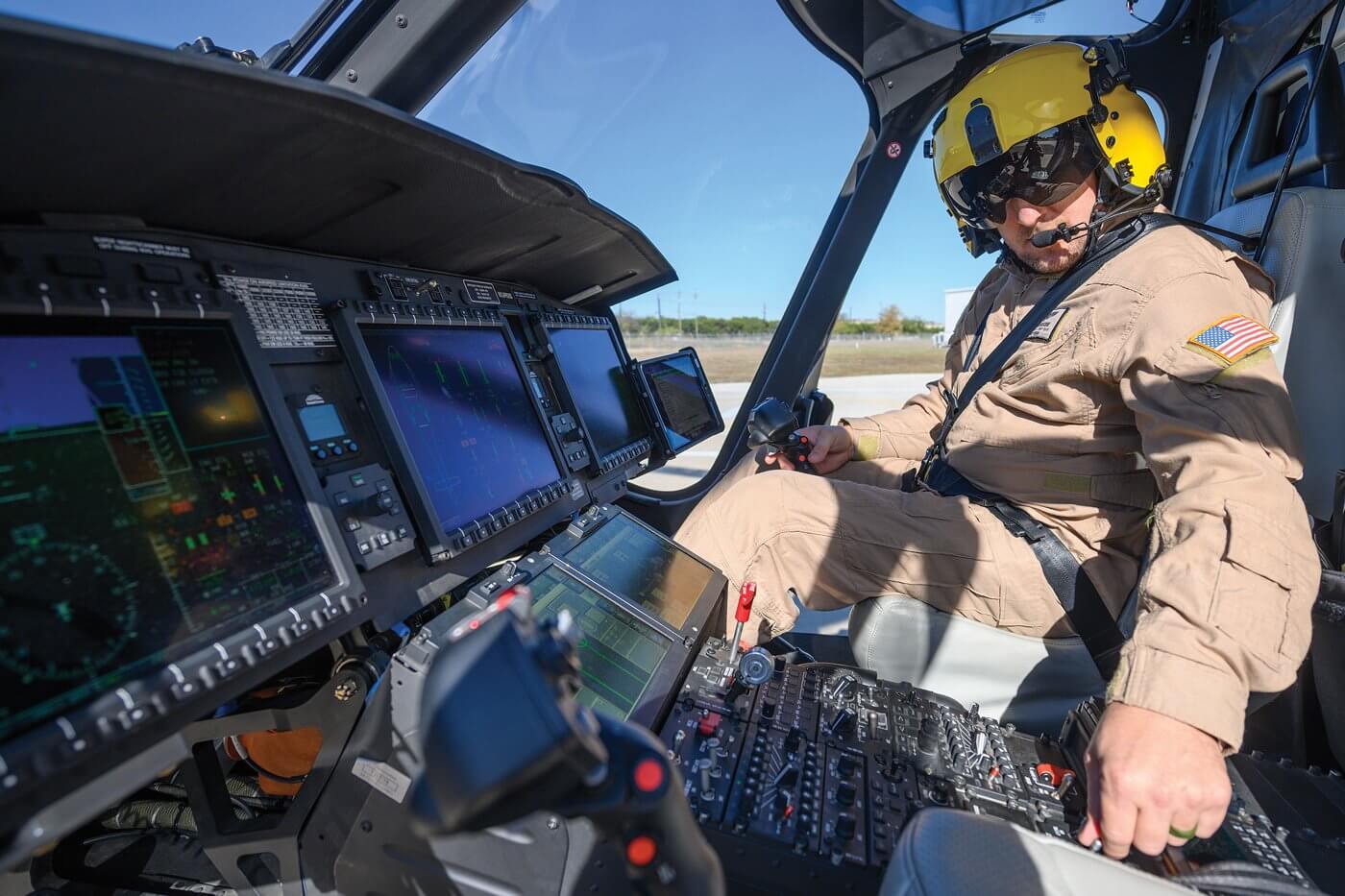
“In recent years our local hospital partners have changed their scope of practice with more specialty team transport needs, going out farther and farther from our base of operation to pick up critical patients,” added Hilzendager. “For this type of operation, the need for a larger, more robust aircraft that can carry more people further and faster forced us to explore the ability to provide that service to our partners.”
Through 2017/18, the request for proposal process ultimately led to the contract being awarded to Leonardo Helicopters for the purchase of three AW169 helicopters, replacing the EC145s and the UH-1. The acquisition would give STAR Flight the distinction of being the first U.S. helicopter air ambulance service to operate the AW169.
In 2018, their last full year of service, the Huey and the three EC145s stacked up impressive statistics. Together they responded to 1,427 calls for service, 931 air ambulance calls, 95 rescue calls, 29 fire calls and nine law enforcement assists, amassing 692 flight hours covering over 51,000 miles (82,076 km).
New capabilities
With delivery of the first AW169 originally slated for May 2019 and a goal of pressing it into service by August, STAR Flight pilots executed a rigorous two-month transition training schedule. Each attended ground school, simulator training, and flight training at the Leonardo Training Facility in Sesto Calende, Italy. Upon returning home, they completed additional in-house Federal Aviation Administration (FAA)-approved ground and flight training.

Today, all three AW169s are in service and earning high praise from pilots and crews. Hilzendager said, “The AW169 is a dream to fly; the synthetic vision system, [the] available power, speed, TCAS [traffic collision avoidance system], four-axis autopilot with hover mode, wings level autopilot function, redundancy in systems, and just overall comfort make the AW169 a great aircraft that our pilots truly enjoy flying.
“Moreover, our medical crews enjoy the increased cabin space while retaining the capabilities of transporting two patients at a time,” he added. “The increased speed of the AW169 also decreases the time of out-of-hospital care, helping to create a better outcome for the patients we transport on a daily basis.”
The size and performance of the AW169 greatly improves STAR Flight’s specialty care capabilities. Spangler said, “We have the room and seats to meet multiple specialty team roles, [including] high risk obstetrics teams, neonatal intensive care unit teams, pediatric intensive care unit teams, and extracorporeal membrane oxygenation patients.”
Like most public safety agencies, STAR Flight is funded by local taxpayers. But it is also a revenue-generating Code of Federal Regulations part 135 air medical operator — so any hospital transport is billed to a patient’s insurance provider. In the event of a SAR or public safety mission, where no hospital transport results, the individual(s) or the agency are not billed.
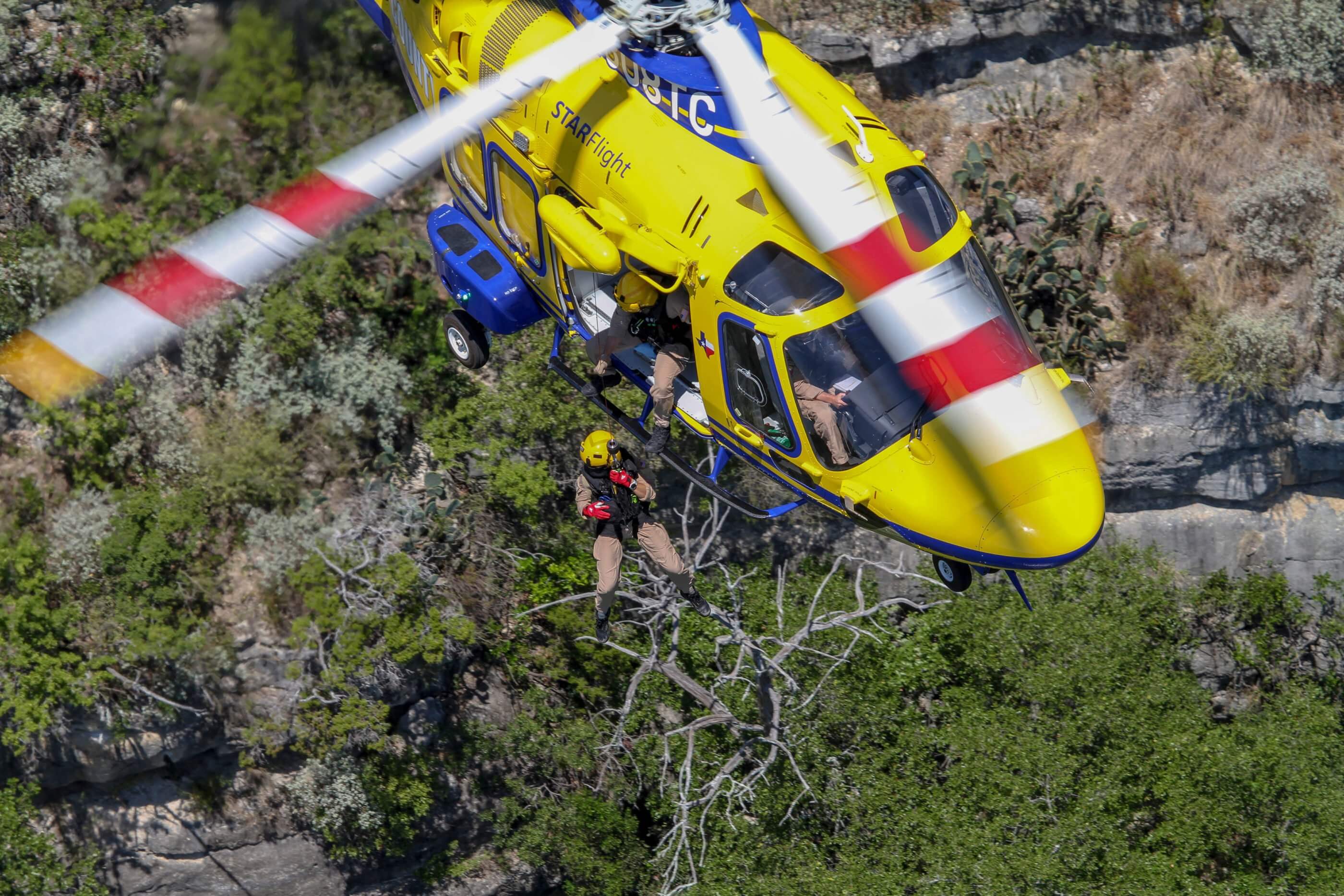
Star Flight’s standard crew is comprised of a pilot, one nurse, and one paramedic. While SAR and public safety missions are flown often, medical crewmembers are cross-trained to serve as crew chief/hoist operator (HOP) and helicopter rescue specialist (HRS).
“Medical personnel are continuously qualified as an HRS and required to maintain their qualifications and currency at that position,” said chief pilot Mark Parcell. “The HRS will act as the rescuer and will be deployed by way of rescue hoist to the scene. At an appropriate time in the tenure of an HRS, usually within two to three years of initial HRS qualification, selected candidates commence dedicated training to become a crew chief/HOP.”
While STAR Flight’s multi-mission capabilities are certainly highly regarded throughout south-central Texas, the program’s competence and skill in swift water and flood rescue have earned them international acclaim.
The Higgins & Langley Memorial Awards is an international organization honoring outstanding achievement in the technical rescue discipline of swift water and flood rescue. Over the years, STAR Flight has been recognized many times, including with the rarely awarded Lifetime Achievement Award.

The organization stated, “They are not heroism awards, but rather recognize preparedness, teamwork, and a job well done, sometimes under extreme conditions where training is vital to the success of rescue missions, as well as the safety of rescue personnel.”
Martin’s case is just one example of STAR Flight’s commitment to public safety and its ability to work confidently in high hazard environments and treacherous conditions.
“It’s nearly impossible to simulate some of the flight conditions our crews will potentially face,” said Spangler. “Many times we must make the choice to go fly in what most would consider unbelievably horrible weather that only a ‘rogue risk-taker’ would attempt. We do not take these situations lightly.
“We know we will have to make some extremely high-risk decisions when there’s a human life hanging in the balance. To mitigate these risks, we train continuously to not only build confidence in our abilities but to continually seek improvement in our processes. The bottom-line risk mitigation tool we have is constant communication with our crews that we are completely confident in their decisions.”

Hilzendager said, “The citizens of Travis County along with the Travis County commissioners have provided STAR Flight with some of the best equipment available, such as the AW169. This equipment allows us the ability to conduct the types of operations we perform.
“However, it’s because of our amazing, dedicated, and well-trained team, along with our first responder and EMS partners, that we’re successful,” he added. “Our team’s commitment to serve those in need through selfless public service and professional dedication is what has always made, and will continue to make STAR Flight successful.”





